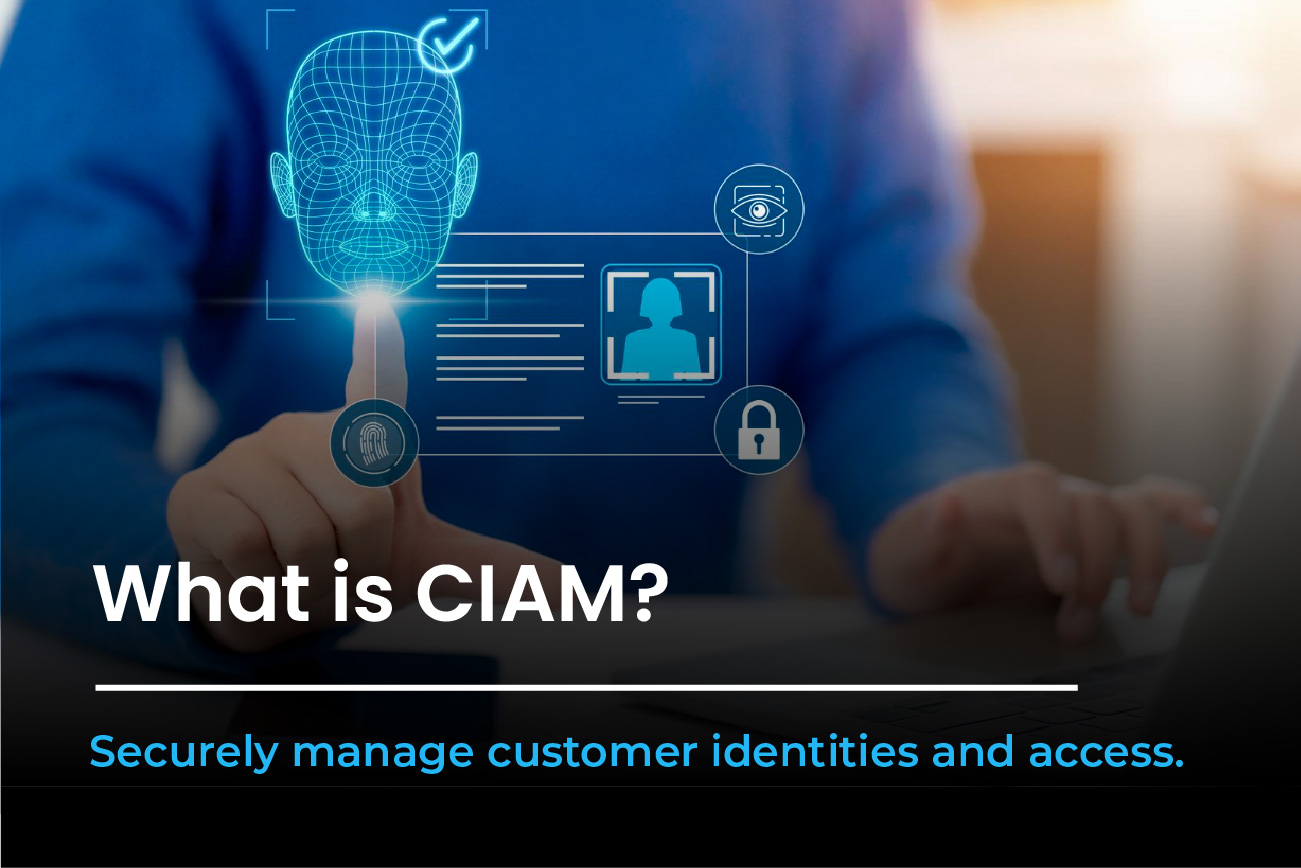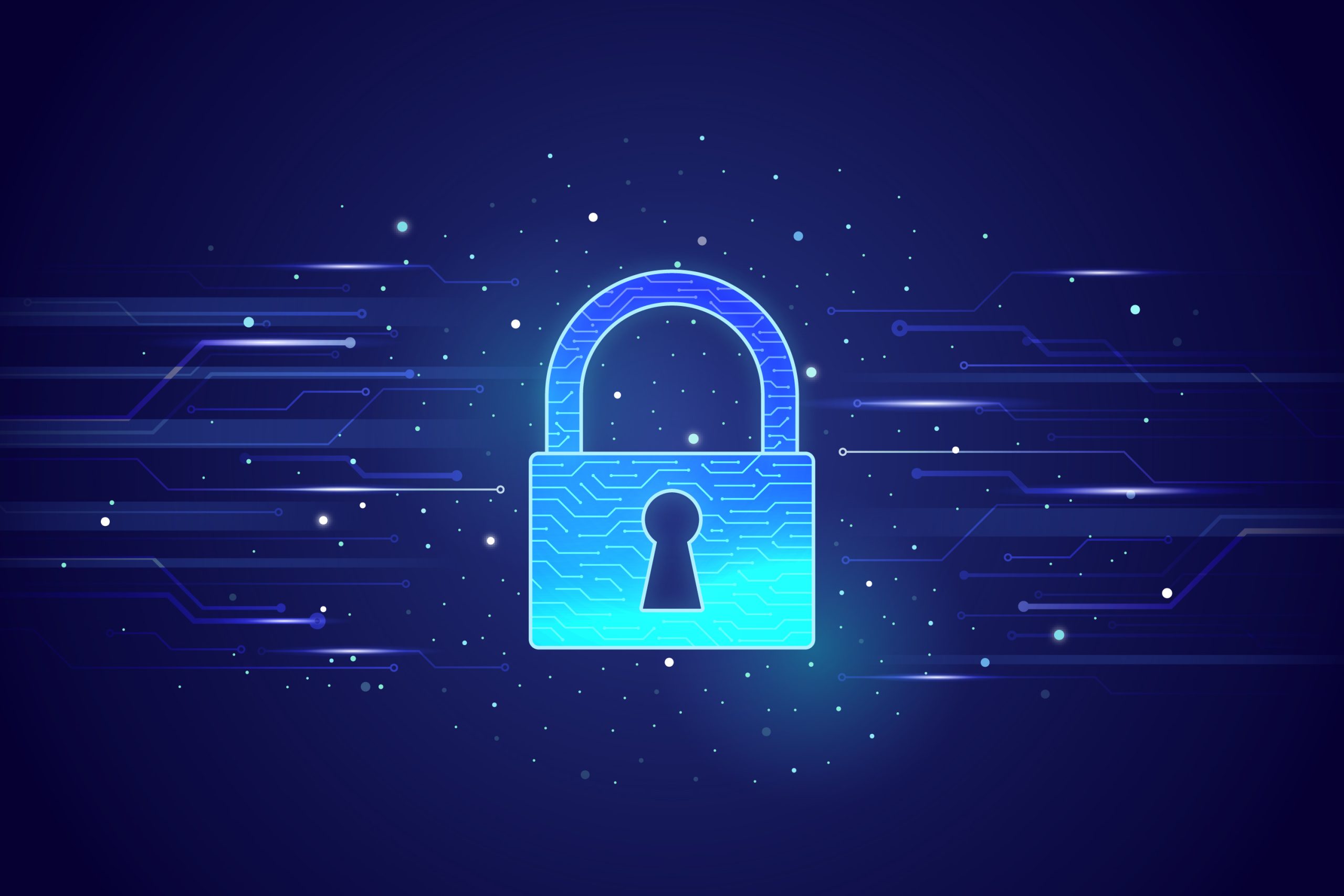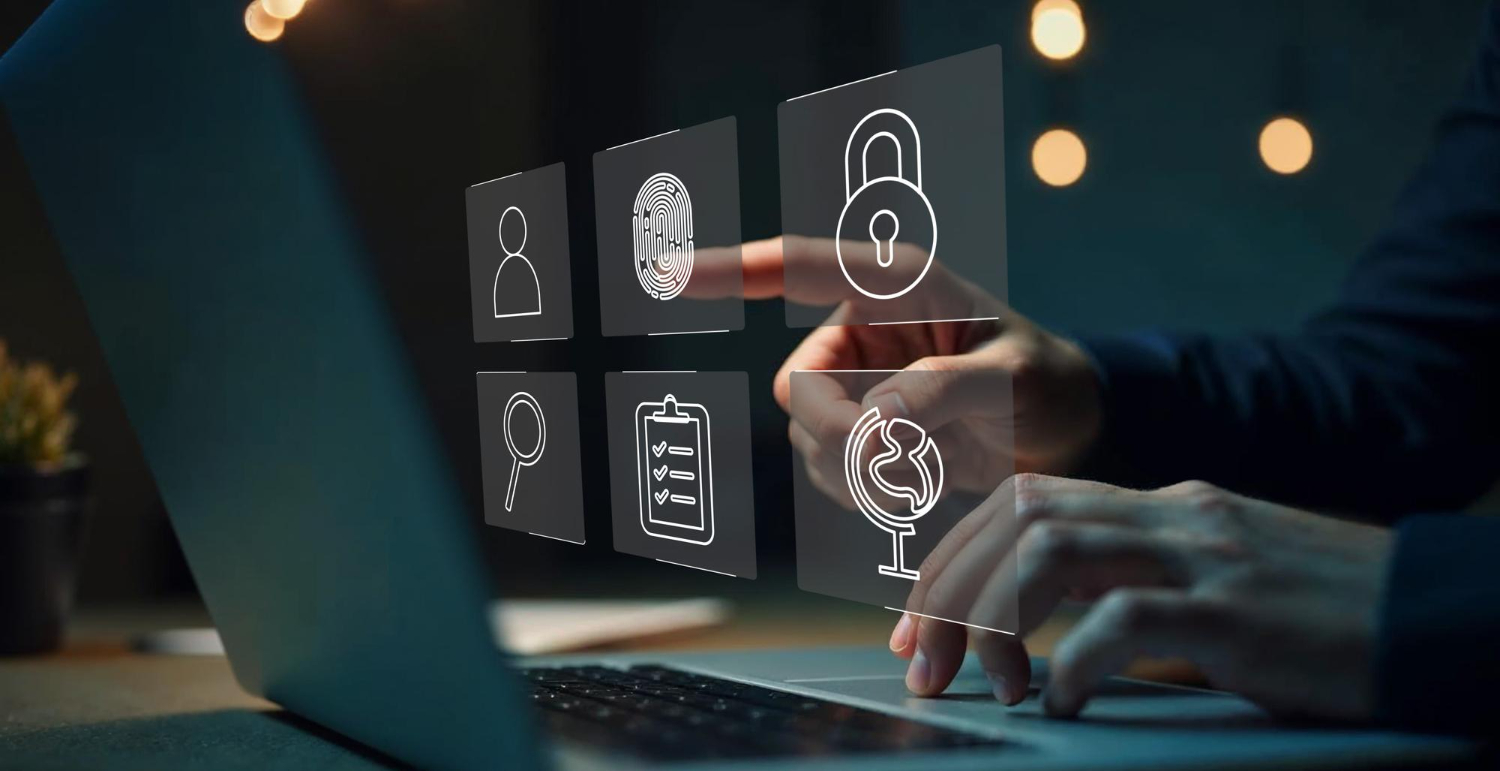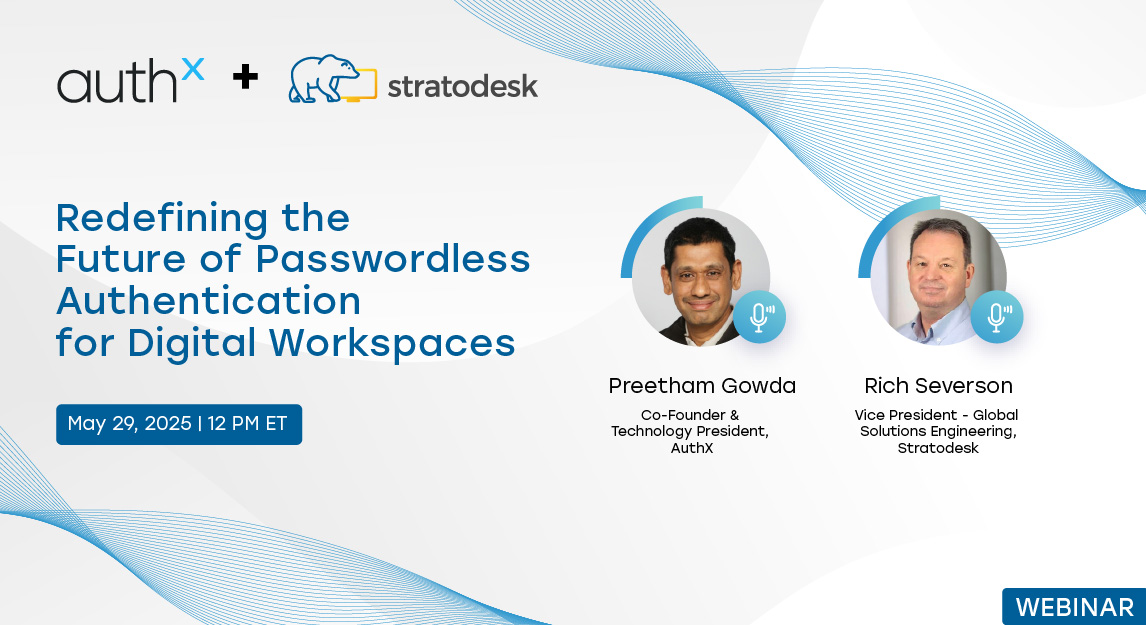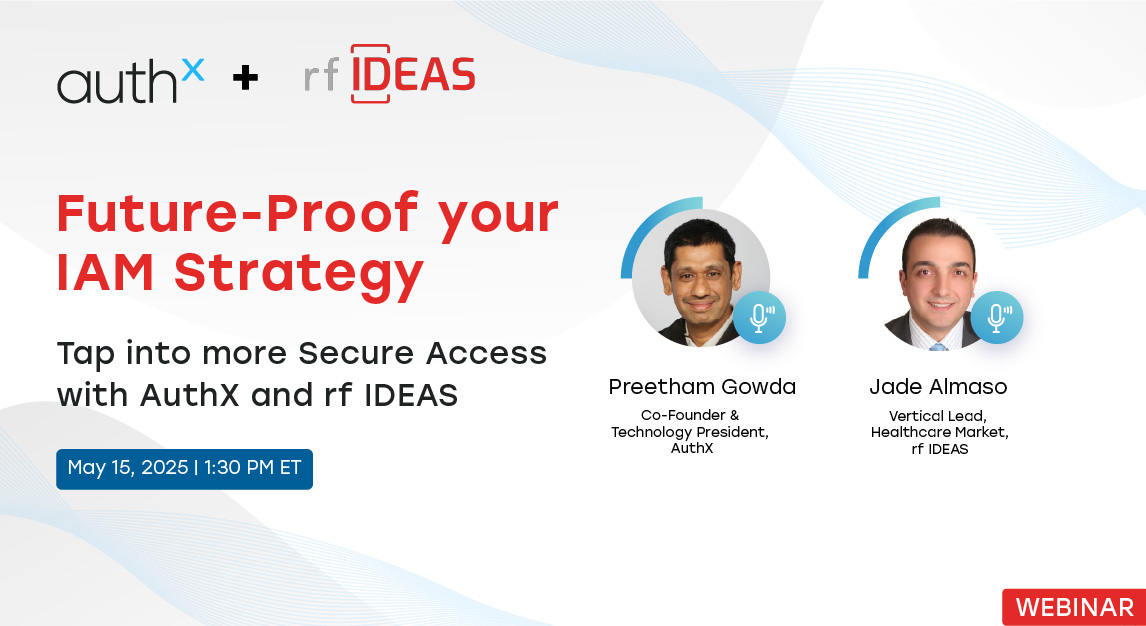We hear many companies say, “We just want people to log in quickly and safely, why is that so hard?” Enter CIAM.
CIAM stands for Customer Identity and Access Management. It’s how organizations manage how external users like customers, partners, and suppliers log into websites and apps. 58% of U.S. users abandon apps just because of login issues. If your login flow frustrates people, you lose users before they meet your product.
But CIAM isn’t just about convenience. It’s your first defense against fraud, data breaches, and compliance headaches. When done right, it balances security, privacy, and experience, a rare tech trio.
CIAM vs IAM - Know the Difference
Here’s a common misconception: “We already have IAM, so we’re covered.” Not quite. Before you check that box, ask yourself—what is CIAM and how it’s different from traditional IAM. Because if you’re treating customer identity like employee access, you’re missing the point and the opportunity.
| Feature | CIAM (Customers) | IAM (Employees) |
|---|---|---|
| Users | External (e.g., customers, partners) | Internal (e.g., employees, contractors) |
| Focus | Security + UX and personalization | Primarily internal security |
| Scale | Millions of users | Thousands of users |
| Login | Social, passkeys, MFA | Corporate credentials |
| Compliance | Strong privacy focus (e.g., GDPR, CCPA) | Comparatively less privacy-centric |
| Integrations | Sales, marketing, and customer tools | HR and IT systems |
Security leads often say, “Identity and access management works internally, but we can’t scale it for our customers.” That’s precisely where CIAM comes in.
Core Capabilities of Customer Identity and Access Management (CIAM)
Modern CIAM solutions is like a Swiss Army knife — packed with capabilities:
- Authentication: Verifies identity through Passwords, Biometric authentication, OTPs, or Passkeys.
- Authorization: Controls what users can access (roles, tiers, permissions).
- Identity Management: Handles sessions, tokens, and lifecycle changes.
- Consent & Preference Management: Tracks what data users allow you to use.
- Login Activity Monitoring: Detects threats like credential stuffing and unusual behavior.
It’s not just about logging in. It’s about logging in securely, intelligently, and with control.
Key Features of a Modern Customer Identity and Access Management (CIAM) Platform
Let’s look under the hood at what modern solutions (like AuthX) offer:
- Multi-Factor Authentication (MFA) : Passwords alone aren’t enough. To verify users, MFA adds layers, SMS codes, Biometrics, email OTPs. With adaptive MFA, extra steps only appear if something feels “off” (like logging in from a new device in a new country).
- Single Sign-On (SSO): With SSO, users log in once and access everything. It’s faster, safer, and supports standards like SAML, OAuth, and OpenID Connect. To reduce password fatigue, add social logins (Google, Facebook, Apple).
- Self-Service Account Management: Nobody wants to call Support to reset a password. With self-service, users can register, manage preferences, update personal data, and control privacy — all from their dashboard.
- Centralized Customer Directory: One place for all user data. This makes personalizing experiences, creating reports, complying with privacy laws, and coordinating across business units easier.
- Developer and Integration Tools: Modern CIAM platforms include APIs and SDKs for integration, plus low-code or no-code tools so marketing or product teams can customize the user journey without engineering bottlenecks.
How Customer Identity and Access Management (CIAM) is Delivered
Most Customer Identity and Access Management (CIAM) solutions today are cloud-native and delivered as SaaS. That means:
- You scale globally without investing in new infrastructure.
- You stay current with the latest security patches.
- Your teams spend less time maintaining systems and more time building.
Platforms like AuthX manage the identity stack for you — so you don’t have to reinvent the login wheel.
Benefits of Customer Identity and Access Management (CIAM)
When done right, customer identity management doesn’t just protect your users, it grows your business.
Boosts Security
- Blocks brute-force and credential-stuffing attacks
- Prevents reuse of leaked passwords
- Encrypts and anonymizes sensitive data
- Tracks who accessed what and when
Supports Compliance
- Meets regulations like GDPR, HIPAA, and CCPA
- Enables user data access, deletion, and audit trails
Improves Customer Experience
- Reduces friction with social logins and passkeys
- Speeds up onboarding with fewer forms
- Cuts Support costs from forgotten passwords
Reduces Developer and IT Burden
- Offload’s identity complexity
- Supports low-code tools for custom user journeys
- Frees up engineers to focus on the product
Industries That Benefit Most from Customer Identity and Access Management (CIAM)
CIAM isn’t one-size-fits-all, but its flexibility makes it valuable across a wide range of industries. Any business that relies on user logins can benefit from better security, smoother experiences, and easier compliance.
- Retail & E-commerce – CIAM speeds up checkout flows, reduces friction in logins, and powers personalized promotions. That means fewer abandoned carts and more loyal customers.
- Banking & Fintech – With sensitive transactions at stake, MFA and fraud detection are essential. CIAM ensures secure access to accounts without compromising usability.
- Healthcare – Patients expect HIPAA-compliant portals that are both secure and intuitive. CIAM enables protected access to health records and telehealth services.
- Travel & Hospitality – CIAM powers loyalty programs, remembers user preferences, and supports seamless booking across channels — even when users switch devices.
- SaaS/B2B – Role-based access, tenant-aware logins, and self-service portals help SaaS companies scale without overloading support or engineering.
- Government – From DMV portals to online tax systems, citizens expect secure, convenient access to public services. CIAM helps government agencies meet that demand securely.
If your organization has external users logging into digital services, CIAM isn’t just helpful, it’s foundational.
What to look for in a CIAM Solution?
Not all CIAM platforms are created equal. Choosing the right one can make or break your user experience and security posture. Here’s what to look for in modern CIAM solutions:
- Support for passkeys, social login, and biometrics: Give users choices. Let them log in with Google, Apple, or Face ID — or go passwordless with passkey authentication for a faster, safer experience.
- Adaptive MFA that responds to context: MFA shouldn’t be annoying. The best systems trigger extra verification only when something’s off — like a login from a new location or unusual behavior.
- Self-service for users (with easy onboarding): Let users create accounts, reset passwords, manage preferences, and control data — without calling support. That’s a win for both UX and operational costs.
- Low-code/no-code customization: Product and marketing teams should be able to shape the login journey without waiting on developers. The platform should support visual editors, APIs, and SDKs.
- Seamless integration with CRMs, analytics, and fraud tools: CIAM shouldn’t live in a silo. It should connect easily with the rest of your stack, so you can personalize experiences, detect threats, and build smarter workflows.
- Certifications like SOC 2, ISO 27001, HIPAA: Security isn’t just about features, it’s about trust. Certifications show the vendor is serious about data protection and compliance.
- High uptime and global scalability: Whether you’re serving users in one region or worldwide, your CIAM platform needs to be reliable, fast, and ready to scale as your business grows.
CIAM in Action: A Quick Example
Let’s take a rideshare app:
- Users sign up using phone number verification
- Drivers and riders are stored in different identity buckets
- MFA is required for payment method changes
- Premium riders unlock additional features
- Both drivers and riders can update their data anytime
- This is customer identity management done right: secure, scalable, and user centric.
CIAM with AuthX
At AuthX, CIAM is more than about identity, it’s about experience. If you’re wondering what is CIAM in practice, it looks like this: frictionless passwordless login, adaptive MFA, and customizable workflows that are easy for developers to integrate and scale. frictionless passwordless login, adaptive MFA, and customizable workflows that are easy for developers to integrate and scale. From social sign-on to progressive profiling, AuthX helps you reduce barriers to entry while keeping data secure and compliant. With built-in support for HIPAA, GDPR, and other regulations, plus flexible deployment options and API-driven extensibility, AuthX gives organizations the tools to build secure, seamless experiences that earn trust — and keep users coming back.
Scale smarter, secure better — start with CIAM
CIAM isn’t just a security tool. It’s a customer experience engine. It protects data. It removes login headaches. It helps your team scale without reinventing the wheel. And with platforms like AuthX, you can plug it in and start seeing value — fast.
If you’re still managing identity with a patchwork of tools, now’s the time to rethink. Your customers are logging in. CIAM makes sure they stay.
FAQs
What does CIAM stand for?
CIAM means Customer Identity and Access Management — a solution for managing how customers log into digital services with a balance of security and usability.
What is the difference between CIAM vs IAM?
CIAM vs IAM boils down to audience. IAM is for internal users (employees), while CIAM is for external ones (customers). CIAM emphasizes UX, scalability, and privacy.
What does CIAM mean for modern digital experiences?
What does CIAM stands for in cybersecurity?
CIAM stands for Customer Identity and Access Management. It’s how businesses securely manage external user access to digital services.

